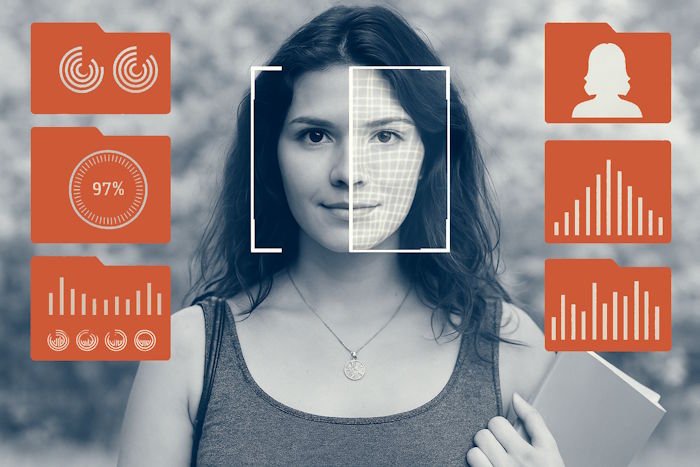From movie recommendations on streaming platforms to personalized news feeds, ML is penetrating all areas of our lives. Today, machine learning is changing the very way we search for and find people we want to reconnect with. Algorithms analyze millions of records, messages, and behavioral patterns.

Thanks to this in-depth analysis, they can predict exactly who you are looking for. Moreover, sometimes before you even realize it. Machine learning has become a key tool for analyzing and predicting user behavior. But how exactly do these technologies help us predict who we are looking for? What does machine learning do to make this possible?
Machine Learning in Search Query Prediction. Its Role
Machine learning allows systems to learn from data and thus make decisions without explicit programming. When it comes to searching for people, ML works as follows:
- It analyzes large amounts of data (big data machine learning) to identify patterns,
- Based on what it finds, it predicts who you can search for.
For instance, social networks use ML to analyze your contacts, preferences, and interactions. After analyzing this, they suggest potential acquaintances or reconnect with lost contacts.

Therefore, when answering the question how do you use data in your life, we can say that we use data every day without even realizing it. From this perspective, it is impossible not to pay attention to Searqle people finder. This service provides true people search, allowing you to find a person by name, phone number, or email. Thus, if you were wondering how to find someone, then using this service your search will be quick and efficient thanks to the intuitive interface and access to a large database.
Using tools of this order can demonstrate how it is possible to apply ML in text to improve our daily lives by providing accurate and relevant search results.
Technologies Underlying Prediction
- Natural language processing
- Collaborative filtering
- Social media analysis
Natural language processing
Machine learning is used to analyze text data. That is, ML in text. It allows systems to understand the context of:
- Messages,
- Emails,
- Search queries.
Thus, it can provide more relevant results.
Collaborative filtering
This approach is based on:
- Analysis of user preferences,
- Identification of similar behavioral patterns.
That is, if two users have similar preferences, the system can predict that they will like the same things.

This method is widely used in recommendation systems. For example, Amazon or Netflix. It means that the system offers products or movies based on your purchase or viewing history. This is a vivid example of machine learning use cases in real life.
Social media analysis
Social networks use machine learning to analyze interactions between users. Algorithms can predict who is your closest friend. Thu may do this by analyzing who you communicate and interact with most often. Hence, it demonstrates how machine learning prediction can be applied to understand social connections.
Application of Machine Learning in Business

Machine learning in business opens up new opportunities for companies in various fields. From finance to healthcare, ML allows to:
- Automate processes,
- Make informed decisions based on data,
- Improve customer service.
Examples of real-world machine learning applications
🏛️Banks
They use ML to detect fraudulent transactions by analyzing customer behavior patterns.
💊Healthcare
Machine learning helps to diagnose diseases by analyzing medical images or medical histories.
💼HR
ML can be used to analyze candidates‘ resumes and identify the best candidates for a position. Moreover, it can even predict their success in the company. This example demonstrates how machine learning in business can improve hiring and HR processes.
Ethical aspects. Privacy
While machine learning offers numerous benefits, it also raises important privacy and ethical issues. Collecting and analyzing large amounts of data can lead to a violation of users’ privacy. Especially if the data is used without their consent.

With this in mind, companies should:
- Ensure transparency in the use of ML,
- Implement data protection mechanisms.
You can ensure transparency by informing users about how their data is collected and analyzed.
Implementation of protection mechanisms will help prevent unauthorized use of processed data.
Summary
We are constantly looking for information and interacting with it. Machine learning is transforming the way we do this. From predicting who we are looking for to improving business processes, ML opens up new horizons of possibilities. However, with these opportunities comes responsibility. In particular, for the ethical use of technology and the protection of user privacy. But as ML becomes more widespread in everyday life, understanding its principles will help us better adapt to the rapidly changing digital world.